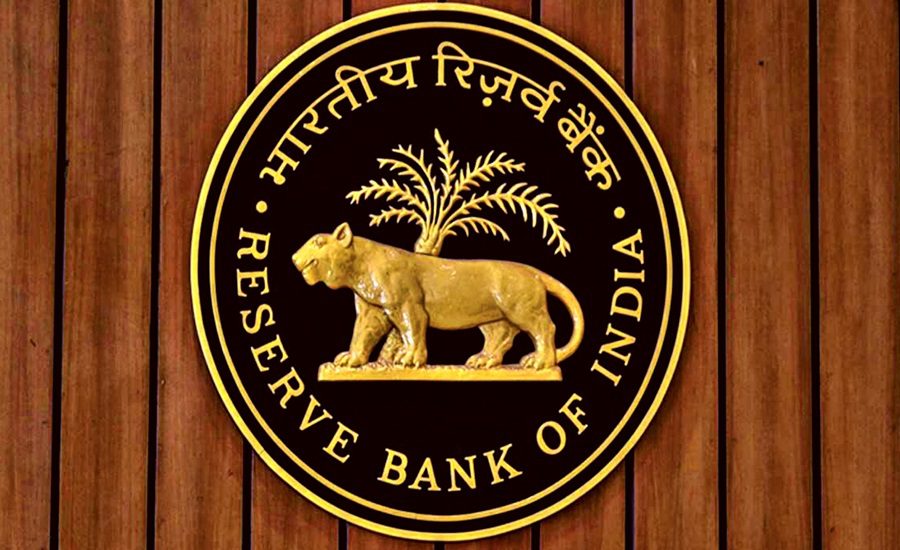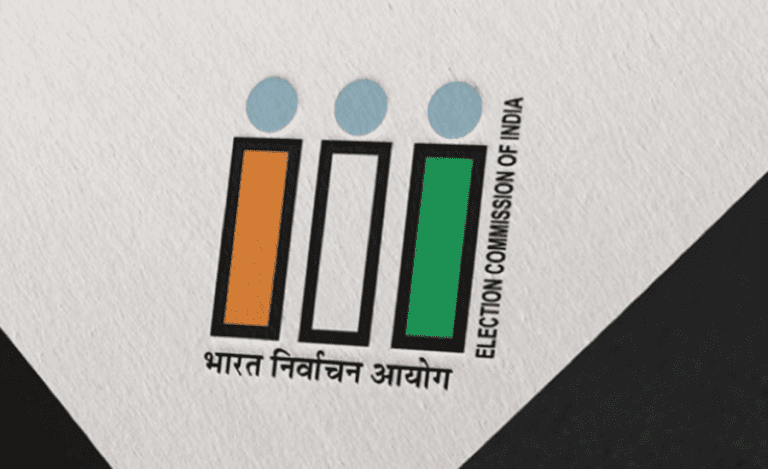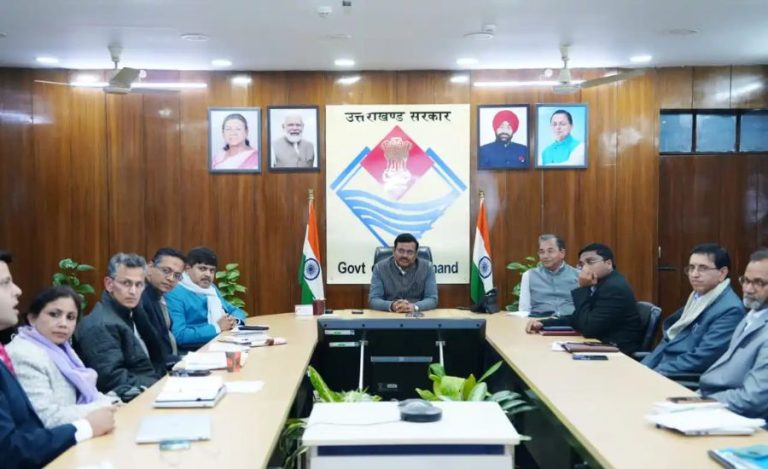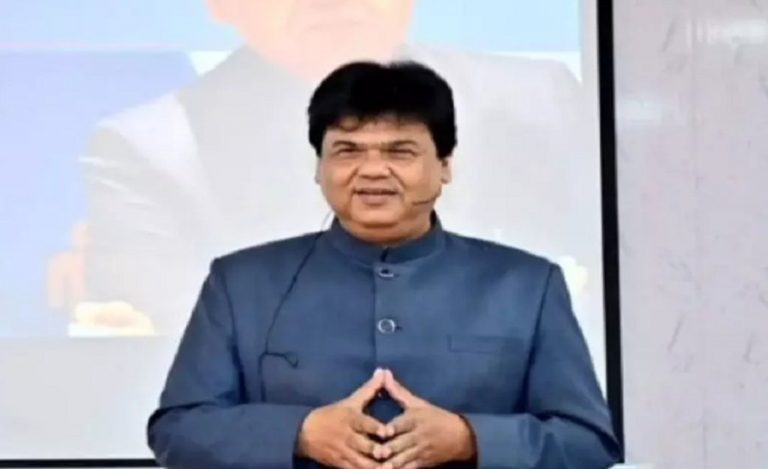Mumbai/New Delhi: The Reserve Bank of India (RBI) on Wednesday kept the benchmark repo rate unchanged at 5.5 per cent for the second consecutive review, balancing growth prospects against tariff-related risks.
Announcing the fourth bi-monthly monetary policy of FY2025-26, RBI Governor Sanjay Malhotra said the Monetary Policy Committee (MPC) unanimously voted to hold the policy rate steady with a neutral stance. He cautioned that while GST rate rationalisation will help soften inflation, tariff-related developments may slow down economic expansion in the latter part of the fiscal.
Key Takeaways from RBI’s Fourth Bi-Monthly Policy (FY 2025-26)
- Repo rate unchanged at 5.5%
- Stance: Neutral
- Inflation forecast (FY26) revised down to 2.6% (from 3.1% earlier)
- Growth forecast (FY26) raised to 6.8% (from 6.5% earlier)
Quarterly growth estimates –
- Q2FY26: 7% (vs. 6.7% earlier)
- Q3FY26: 6.4% (vs. 6.6% earlier)
- Q4FY26: 6.2% (vs. 6.3% earlier)
The decision comes after a 100 basis points cumulative cut in policy rates since February 2025, as inflation slipped to a six-year low of 2.07% in August, supported by easing food prices and GST reductions.
Impact on the Economy
The RBI’s move signals a pro-growth environment at a time of global uncertainty. With inflation projected to remain well below the 4% target band, India’s economic outlook appears more resilient.
Stronger Growth Prospects: Raising the GDP growth forecast to 6.8% reflects RBI’s confidence in domestic demand recovery. Consumer spending is expected to strengthen as low inflation improves purchasing power.
Policy Predictability: By maintaining a neutral stance, the RBI has provided businesses and investors with clarity, helping them plan long-term investments.
Tariff Risks: Export-linked sectors may face pressure if tariff uncertainties disrupt supply chains and raise costs, which could weigh on growth momentum in H2FY26.
Impact on Bank Loan EMIs
For borrowers, the RBI’s decision provides stability and relief –
Home, Car, and Personal Loans: With the repo rate unchanged, banks are unlikely to raise lending rates in the near term. This means monthly EMIs will remain stable, offering predictability for households.
Impact of Past Rate Cuts: Since February 2025, the RBI’s 100 bps rate reduction has already lowered borrowing costs. Many borrowers have seen EMIs come down in recent months, easing household budgets.
Corporate Borrowings: Businesses, including MSMEs and startups, benefit from lower financing costs, encouraging fresh investments and capacity expansion.
Business & Investment Implications
By holding rates and maintaining a neutral stance, the RBI provides a predictable policy environment for –
- Investors: Encouraging long-term capital flows
- Industry: Supporting credit flow for expansion
- Exports: Watchful of tariff risks that may impact trade competitiveness
Outlook
The RBI has struck a balance between maintaining growth momentum and keeping inflation under check. While consumers will continue to enjoy stable EMIs and lower inflation, businesses stand to benefit from a supportive credit environment. However, global uncertainties and tariff-related risks remain key watchpoints for the coming quarters. The RBI’s next MPC meetings are scheduled for December 3–5, 2025, and February 4–6, 2026, which will provide further direction on interest rates and economic trends.



























